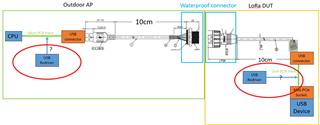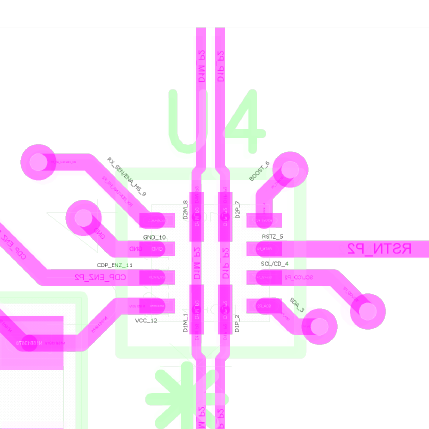Hi expert,
Customer is considering to add USB redriver for application like below.

There is a main board AP and LoRa DUT.
Some questions;
1. where is recommended to place the redriver in the AP board? Close to CPU, in the middle or close to the connector?
2. Is it also recommended to add another redriver in the LoRa DUT as well? If so, where is recommended to place it?
3. what solution will you suggest? How about TUSB212 and TUSB216?
- can TUSB212&TUSB216 compensate both transmission and receive channel?
4. are there any functions not exist in non-I2C mode comparing I2C mode if customer prefer not to use I2C?
5. regarding layout, e.g. TUSB216, does it make sense that D1P short to D2P and D1M short to D2M? How does the re-redriver work if short these GPIOs directly?

Regards,
Allan




